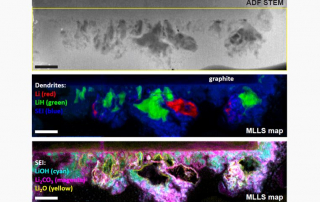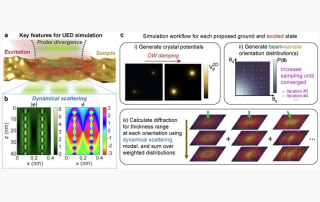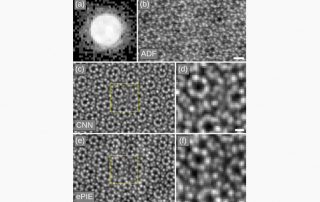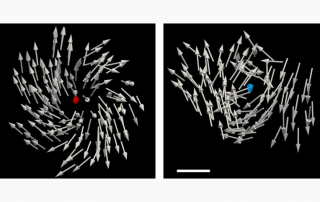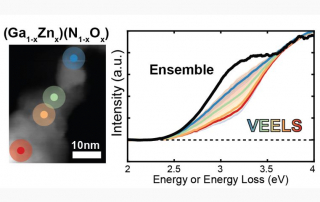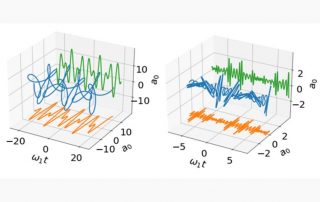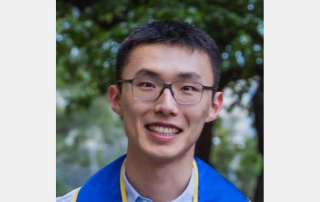Operando Spectral Imaging of the Li-ion Battery’s Solid-Electrolyte Interphase
Considering the scale of the lithium ion battery (LIB) industry, it is surprising how poorly the function of LIBs is understood at the molecular level. While much is certainly known, this knowledge has been gained via inference and expensive trial-and-error because it is difficult to look inside a functioning LIB to “see” what is going on. The battery is a bulk device with a liquid, air-sensitive organic electrolyte. With use, there forms on the LIB electrodes an almost magical solid-electrolyte interphase (SEI) that is an insulator for electrons but a conductor for Li+ ions. The main mysteries of LIB function involve the chemical composition and structure of this layer. We present the first images of the LIB SEI acquired under room-temperature operando conditions with high spatial and spectroscopic resolution. This combination gives us an unprecedented view of the SEI’s development, where we can make chemical identifications localized to nanometer precision while the electrode is in the very act of intercalating. We image the bulk SEI, not just its surface, by contriving electrochemical fluid cells that are only 50 nm thick. With these thin cells we can map the Li itself by its unique spectroscopic fingerprint, an achievement described as “practically impossible” just a few years ago.
